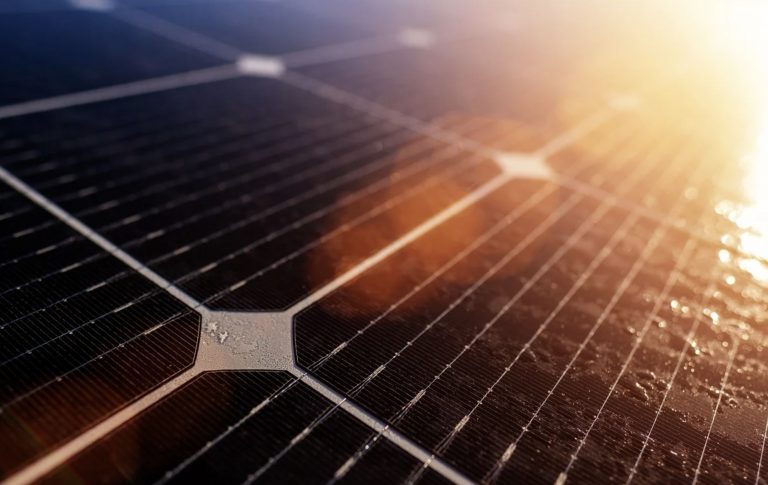Solar energy is the name given to sunlight that is collected with the use of an array of different methods that are being improved upon all the time. Solar energy can have a big impact on our lives in a number of positive ways.
The sheer amount of solar energy that is available is the reason it is so attractive as a source of electricity. The Sun is an incredible energy source for our planet and the installation of solar panels, usually on the roof of houses or other areas that are in receipt of direct sunlight, can harvest this energy.
Solar energy is an important part of the subject of renewable energy and can be of great benefit to both the environment at large and to the finances of the individual. Solar controllers are great for the environment.
The increase in demand has also seen the technology continue to rapidly improve and solar energy is now a very efficient clean energy resource, the benefits of which could be reaped by everyone in the future.
How solar panels work
When the solar cells in a solar panel connect with photons that are coming from the Sun, the electrons within the atoms come loose. Providing both the negative and positive sides of the cell come with attached conductors, the result is the formation of an electrical circuit.
Electricity is produced by electrons travelling through the circuit. Solar panels have many cells and a solar array can be formed when several different panels are wired together. The greater the number of panels used, the greater the amount of electricity that is then generated.
The production of solar energy
Direct current (DC) power is produced by photovoltaic (PV) solar systems. DC electrons travel through a circuit in just one direction in a similar manner to the way a battery powers a light bulb.
The electrons travel from the negative side of the battery through that bulb and then go back to the positive side, while a solar controller is used to ensure the battery is not overcharged by regulating the current and voltage being sent by the solar panels.
The use of alternating current (AC) power pushes and pulls electrons, allowing them to periodically change direction in a similar manner to that of the engine cylinder in a motor vehicle.
AC power is produced by generators when a wire coil spins next to a magnet. The handle of a generator can be “turned” by a number of energy sources including the likes of coal, hydroelectricity, wind, nuclear and solar.
The most popular choice is easily AC power due to the fact that it is more expensive to have power transmitted the further it has to go, though DC power is produced by solar energy and is converted into the AC grid via an inverter.
When sunlight shines onto a solar panel, the solar energy is converted by the panel into a DC current which is then sent through an inverter to turn it into an AC current that can be used as electricity.
How many solar panels you will require depends on the energy amount that is used by your business, how much of the roof is usable surface area, your area’s climate and peak sunlight and the wattage/efficiency of the chosen PV panels.


0 Comments